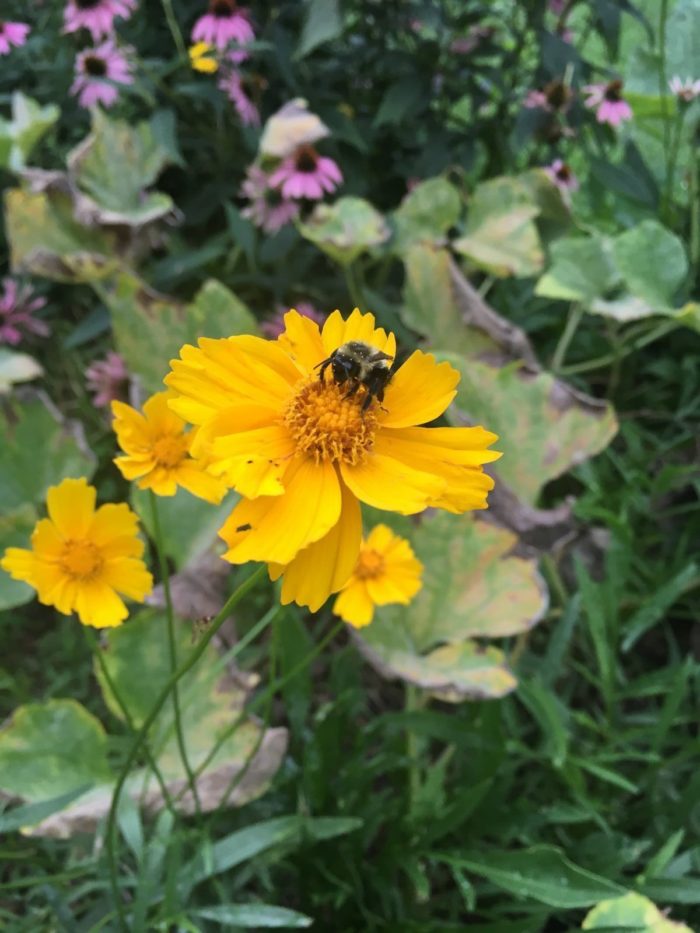Four Bountiful Summer Bloomers That Are Easy to Grow From Seed
For beautiful, bountiful borders, consider adding lots of annuals for cutting

For beautiful, bountiful borders, consider adding lots of annuals for cutting. When grown from seed they are very affordable, and if you keep cutting them for bouquets they will keep producing nectar-rich flowers that draw bees, butterflies, and hummingbirds all season. Many of my favorite seedy annuals were also favorites of homesteaders in the late 1800s.
Here are four annuals that add tremendous color and can take the heat and wildfire smoke (cough, cough). They are on the drought-tolerant side, and three of them are native to the Intermountain West.
Lanceleaf coreopsis (Coreopsis lanceolata, Zones 4–9)
Also called tickseed, Coreopsis lanceolata (seen above) can stand 3 feet tall, but it stays about 12 inches tall under most conditions. It provides lots of school-bus-yellow blooms, loves the heat, and doesn’t care if it’s on the dry side. This plant is a happy-go-lucky reseeder, and it’s simple to gather the seeds when they are thoroughly dry to plant more patches around your garden.

Lemon bee balm (Monarda citriodora, hardy annual or biennial)
Lemon bee balm also goes by the names of purple horsemint, lemon mint, and several other common names. Its citrusy fragrance is a welcome addition to the garden. It will reseed to form large colonies, so beware of that when you plant. All that reseeding, though, makes butterflies and bees happy.

Rocky Mountain bee plant (Cleome serrulata, annual)
Rocky Mountain bee plant is a show-stopper. It is also called skunk flower or Navajo spinach. It grows up to 4 feet tall with blooms that look like pink, white, and rose-colored fireworks. Lewis and Clark collected seeds from this plant in South Dakota. Culturally important to indigenous peoples, it has a history of being used for food, medicine, and dye. If you get too close, it does smell skunky, so keep your distance. The smell doesn’t seem to bother the bees or hummingbirds, and the plant blooms from mid-July until the first hard frost. It has long, dangling seedpods, and birds find the mature seeds tasty. It can be found throughout the West.

Zinnias (Zinnia cvs., annual)
Zinnias are the party girls in the garden. Striped, blotched, cactus-flowered, dahlia-flowered, single, double, tall, or short, there’s a zinnia for every garden. And there should be a zinnia or a hundred zinnias in every garden. These festive flowers love our hot, dry, sun-drenched summers. The more you cut them, the more flowers you will have.
Best of all, you can easily harvest the seeds from any of these plants for sharing or saving. Stay tuned for more tried and true garden favorites from the wild West.
—Mary Ann Newcomer is the author of two books: Rocky Mountain Gardener’s Handbook and Vegetable Gardening in the Mountain States.






Comments
Log in or create an account to post a comment.
Sign up Log in